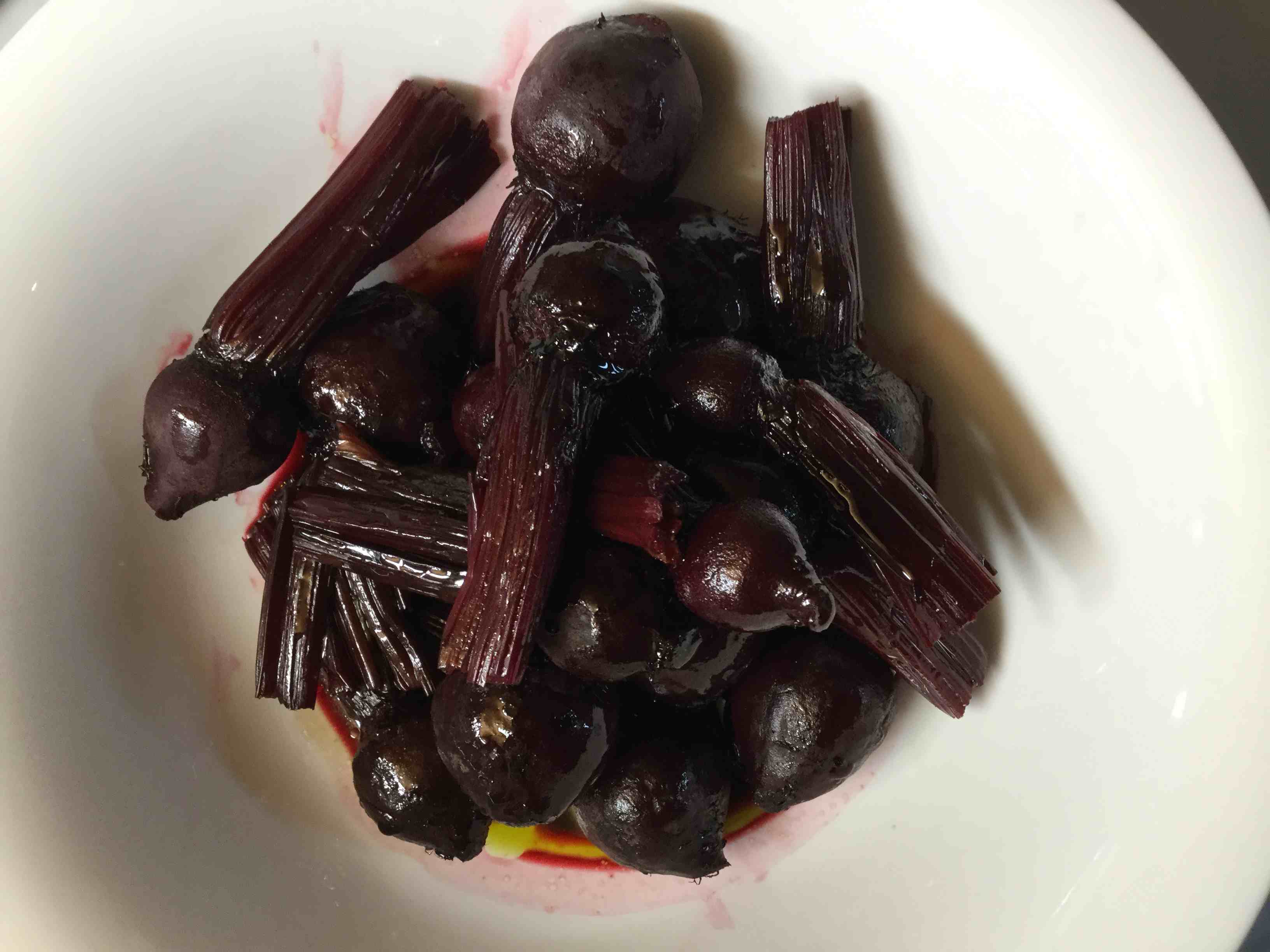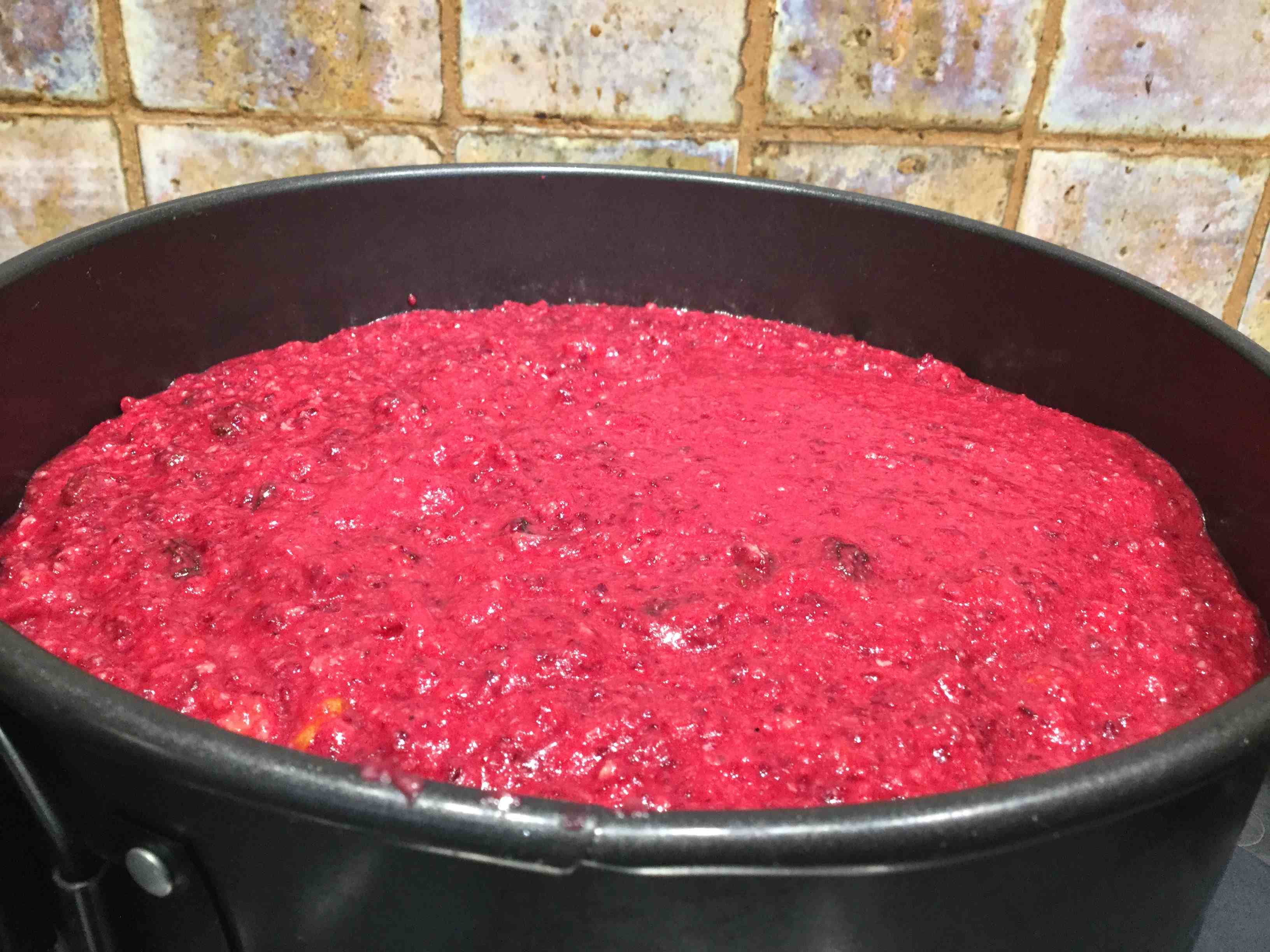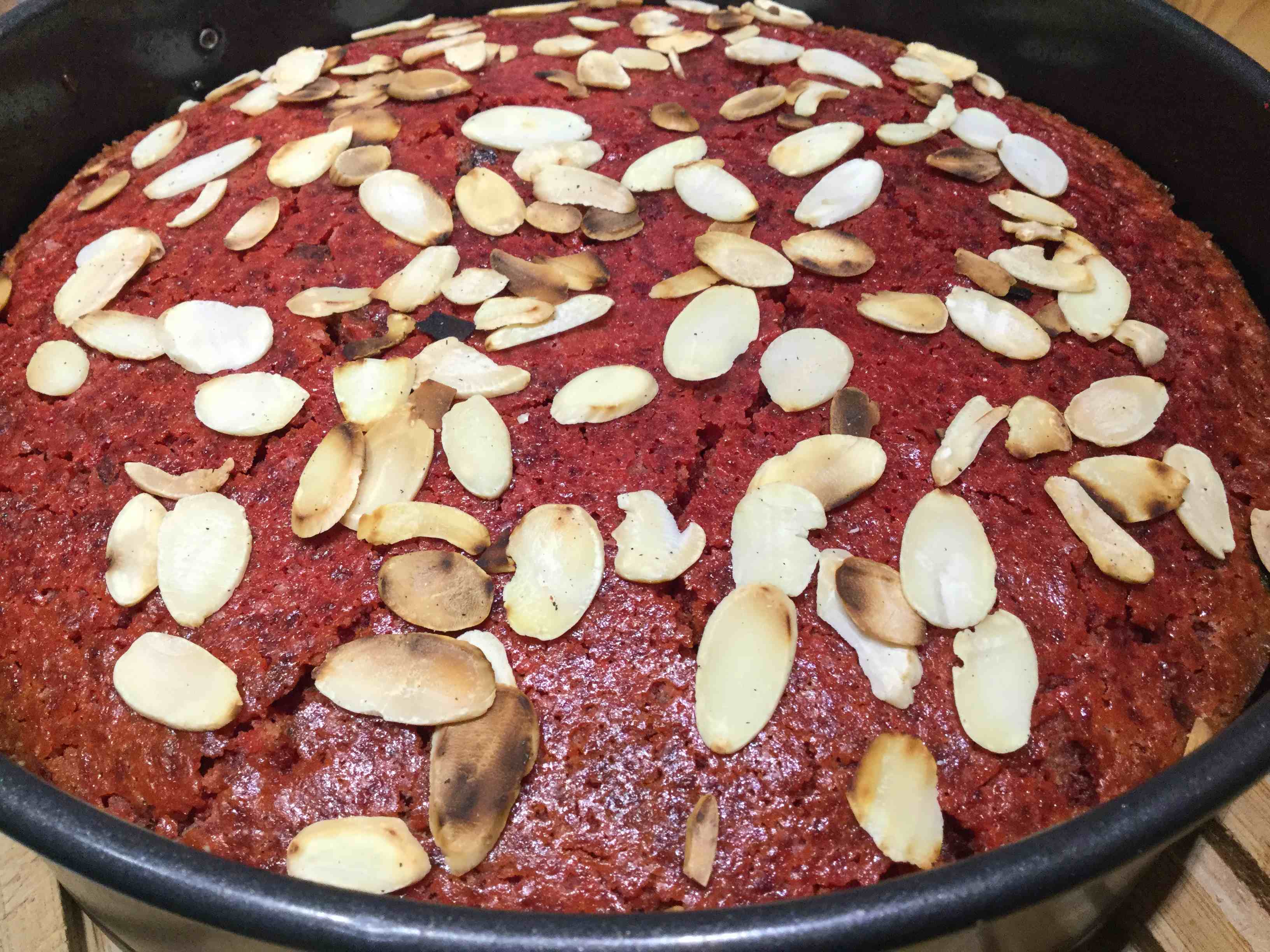My father, George, grew beetroot for as long as I can remember. He would generally pick them when they were quite large, in order to gain maximum food quantity to feed the large family, but they were always beautifully tender. Growing up, only the ‘red’ variety was available; and it was also known as red beet. Today it comes in different colours (including orange), in different sizes (from baby to huge) and we also eat the leaves in salads or as a steamed or braised vegetable. Tinned beetroot was a common pantry ingredient in my childhood, used when it was out of season. We even tend to have a tin on hand today as it can sometimes get you out of a ‘pickle’. It is probably the tinned variety that is found in an Australian hamburger ‘with the lot’ and in a traditional ‘salad sandwich’. Beetroot jelly used to be made out of the tinned variety.
The vegetable seems to be the flavour of the month, with recipes coming from all directions. We include some interesting ones below, the most fascinating being the beetroot cake.
Beetroot in oil and vinegar for salads
All those years ago my mother, Olive, had just one method of preparing beetroot. That was to boil it (leaving some stem and tail intact) until tender. She would rub the skin off with her hands, and while the beet was still warm, slice it, sprinkle with some sugar and salt and pepper, then douse it well with malt vinegar. The sugar was used to offset some of the tartness of the vinegar. Olive oil ‘did not exist’ then in Australia, and other vegetable oils were not common or were not cheap. But we loved this simple vinegary salad, generally served on Sunday nights with other salad vegetables and left-over Sunday roast.
Today I still follow Mum’s basic technique, but with modern modifications. Thus, I might use baby beets, or cut large ones into chunks but still dress them warm. I would use less sugar, or none at all, I sprinkle them with a quality vinegar, even balsamic, some salt and pepper, then lightly coat with olive oil. Then they are ready to be served as is or in some wonderful combination: green leaves, roast pumpkin, goats’ cheese, feta, ….
Degree of difficulty: 2/5 (Not difficult).
Lorraine’s Beetroot Dip
Rhonda’s sister, Lorraine, creates many recipes. This one is for a dip or salad. Leftovers can be used for sandwiches. The key ingredients are cooked. Vary the quantities a little as required.
Ingredients
- 1 to 2 tbsps olive oil
- one medium onion, grated or very finely chopped
- three medium sized raw beetroots, peeled and washed and dried, grated
- one medium apple, peeled, grated
- one medium clove garlic crushed with a little salt
- ¼ tsp sugar
- ½ to 1 tsp horseradish sauce
- salt and pepper
- 150 ml quality sour cream
- 1 tbsp chopped dill or equivalent (parsley, tarragon)
Method
Heat oil in frying pan. Sauté onion for a few minutes then add beetroot, then a few minutes later the apple and garlic. The beetroot must taste cooked, but don’t overcook it (next photo).
Add sugar, horseradish and salt and pepper to taste.
Once all warmed through again and combined, allow to cool.
Add sour cream and dill. Makes two to three cups.
Serve at room temperature with crackers, pita bread chips, baguette slices or similar.
Degree of difficulty: 2/5 (Not difficult).
Beetroot dip with za’atar and pomegranate molasses
This recipe is from Bistronomy by Jane Sigal. It was made for us by some friends on a recent visit to Olive’s Cottage in Tasmania. It works fine with supermarket pre-prepared, cooked beets.
Ingredients
- 500 g medium beetroot, scrubbed
- 1 garlic clove, chopped
- 3 tbsps extra-virgin olive oil, plus more for drizzling
- 3 tbsps Greek yoghurt
- 1 tbsp pomegranate molasses
- 1 tbs za’atar, plus more for sprinkling
- sea salt and ground black pepper
- ¼ tsp cayenne pepper
- 2 tbsps (15 g) toasted skinned hazelnuts, chopped
- toasted sourdough, pita bread or similar, for serving
Method
In a large saucepan, cover the beets with 5 cm water. Bring to simmer and cook until the beets are very tender, about 1 hour. Drain and let cool slightly. Peel the beets and cut each one into 8 pieces.
In a food processor, pulse the beets with the garlic until blended. Add the oil, yogurt, pomegranate molasses and za’atar and puree until mostly smooth.
Season with salt, pepper and cayenne. Scrape into a wide, shallow serving bowl. Cover and refrigerate until cool but not too cold, about 1 hour. Taste and season again if needed. Drizzle more oil around the bowl. Sprinkle with za’atar, scatter the hazelnuts on top, and serve at room temperature with the bread.
Degree of difficulty: 2/5 (Not difficult).
Pat’s Beetroot Cake
This recipe comes to us from Leslie Vincent, who runs Forages Café, Taringa, Brisbane. https://foragesdelicafe.com.au/ The recipe came to her from her Mum, Pat.
The recipe is quite easy and gives a lovely, moist and distinctive result. An amazing feature is that when you make the batter it looks like the cake has been made from raspberries (next photo)!
Ingredients
- 250 g fresh beetroot, peeled, chopped
- 250 g butter
- 1½ cups castor sugar
- 4 eggs
- 1 cup sultanas or currants
- grated rind of one lemon
- juice of one lemon
- 2 tsps nutmeg
- 2 cups plain flour
- 2 tsps baking powder
- flaked almonds or pistachio nuts
Method
Line a 23cm round tin with baking paper (lightly spray the inside with oil if desired). Turn oven to 160oC fan-forced (180oC conventional).
Blend raw beetroot in food processor.
Cream butter and sugar. Add eggs. Add beetroot and all other ingredients except nuts.
Pour mixture into tin. Dot with nuts.
Bake for 55 minutes until cooked, testing 5 to 10 minutes earlier. (The cake should be firm but still slightly springy, coming away slightly at the edge of the tin; or test that a skewer comes out cleanly.)
Serve warm or cooled, with or without cream. Serves 8 to 12.
Degree of difficulty: 2/5 (Not difficult)







